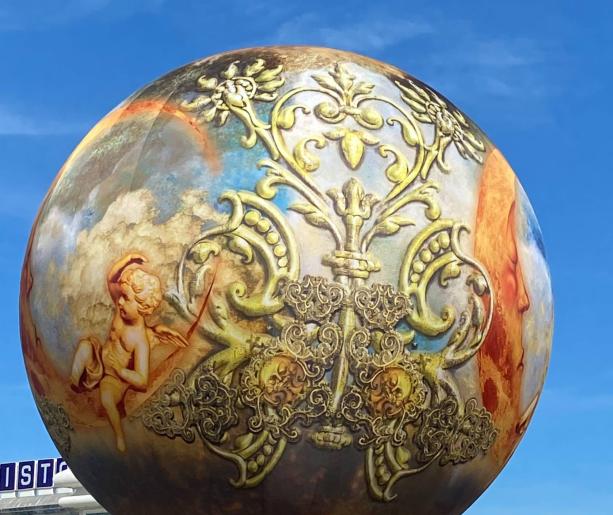500 years after the death of Raphael
On 6 April 1520 Raffaello Sanzio died, undisputed icon of Italian art, world and genius of Renaissance painting.
The great artist from Urbino is still celebrated throughout Italy with several exhibitions.
He was born in 1483, the son of Giovanni de' Santi, a painter.
Thanks to his father's profession, he had the opportunity to access the halls of the Ducal Palace of Urbino, an artistic centre of the Renaissance, where
admire and study the best works of Italian art.
It was guided by the painter Pietro di Cristoforo Vannucci: "il Perugino".
He moved to Città di Castello, where he began to produce his first works.
Raphael worked in several cities such as Siena, Florence, in fact it is known his Florentine period.
His fame grew exponentially, also thanks to memorable works such as the "Marriage of the Virgin" (1504), "Trinity and Saints" (1505) and
the Pala Baglioni (1507).
In 1508 he was called directly by Pope Julius II, who wanted to renew the art of the capital; he dedicated himself to the papal rooms: Segnatura,
Heliodorus and the tapestries of the Sistine Chapel.
After becoming one of the most important figures in Italy, she opened her workshop teaching art to many promising young people: Lotti, Vincidor and
Tamagni.
Raphael was also a great architect, he took part in the design of Saint Peter's Basilica and other important Roman buildings.

